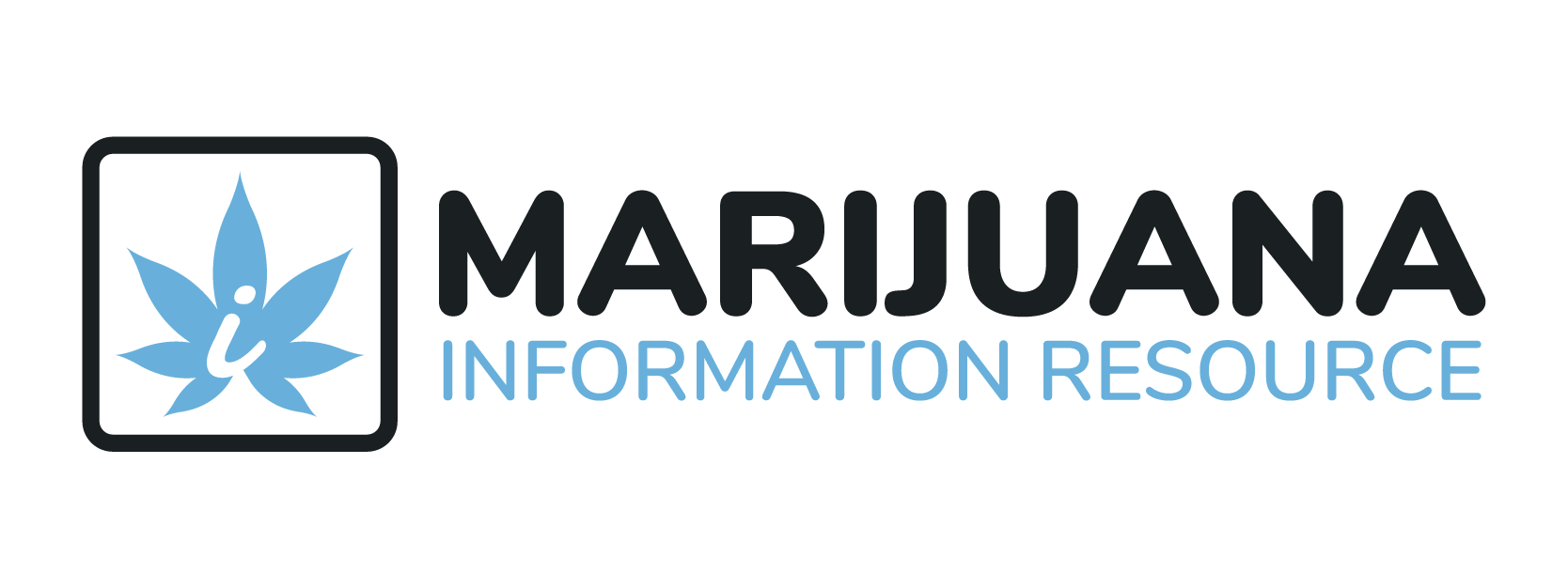Every April 20th, clouds of smoke rise around the world in celebration of one of the most recognized — and misunderstood — cultural events in modern history: 420. What began as a secret code among a group of high school friends in California has transformed into a global holiday uniting cannabis consumers, activists, artists, and entrepreneurs alike. Over the decades, 420 has evolved from a subcultural signal into a mainstream symbol of freedom, wellness, and creativity — an annual reminder of how far the cannabis movement has come.
The Origins: From a High School Code to a Global Movement
The story of 420 traces back to San Rafael, California, in the early 1970s. A group of high school friends known as “The Waldos” used the term “420” as a coded reference to their plan to meet at 4:20 p.m. after school to search for an abandoned cannabis crop near the Point Reyes Coast Guard Station. While the plant was never found, the number became their inside joke — shorthand for smoking and sharing good times.
Through connections in the Bay Area’s vibrant counterculture — particularly with members of the Grateful Dead — the term began spreading across California and eventually nationwide. By the 1990s, High Times Magazine had picked up on the story, printing “420” references in its pages and immortalizing the phrase in cannabis culture forever.
The Cultural Rise: From Counterculture to Celebration
As legalization efforts and public perception shifted, 420 transitioned from a whispered code to a full-blown cultural phenomenon. What once symbolized rebellion became a celebration of acceptance. By the early 2000s, festivals and gatherings began emerging in cities like San Francisco, Denver, and Vancouver, drawing thousands of attendees.
These events — part protest, part party — served as both a call for reform and a communal ritual celebrating freedom of choice. From smoke-ins at Golden Gate Park to rallies at the University of Colorado, 420 evolved into a unifying event for cannabis consumers and advocates across generations.
The day also became a major driver of activism. Organizations such as NORML and the Marijuana Policy Project (MPP) often use April 20th to mobilize voters, push legislative reform, and celebrate cannabis’ growing normalization in society.
The Modern Era: Mainstream, Media, and Money
Fast forward to today, and 420 has gone global. Cannabis brands, music festivals, and lifestyle companies now plan months ahead for April 20th. Dispensaries roll out exclusive product drops and deals, while digital marketing campaigns flood social media. What was once underground is now a legitimate commercial holiday — sometimes compared to “Black Friday for cannabis.”
Streaming platforms feature 420-themed playlists, artists drop cannabis-inspired albums, and even fashion brands incorporate subtle nods to the date in their collections. From Snoop Dogg to Willie Nelson, and from wellness influencers to CEOs of cannabis corporations, 420 has become a cross-cultural celebration of creativity, freedom, and community.
Mainstream acceptance has also changed the face of 420 celebrations. With legalization spreading across North America and beyond, today’s events often include yoga sessions, culinary showcases, educational panels, and sustainability discussions alongside the traditional smoke circles. The message is no longer about defiance — it’s about inclusion, wellness, and awareness.
Global Connections: From Denver to Amsterdam
While Colorado’s Civic Center Park and San Francisco’s Hippie Hill remain iconic 420 destinations, the celebration has taken on international flavor. Amsterdam — long a haven for cannabis tourism — hosts 420-friendly coffeehouse events. In Canada, where cannabis is federally legal, 420 rallies have turned into massive, family-friendly festivals celebrating national pride in progressive drug policy.
In the United Kingdom, Germany, South Africa, and even Japan, gatherings continue to emerge — each influenced by local culture and law but unified by the same spirit of freedom and camaraderie.
The Meaning Behind the Smoke
For many, 420 isn’t just a holiday — it’s a moment of reflection. It honors those who fought and suffered under prohibition, the activists who pushed for reform, and the new generation who see cannabis as wellness, not wrongdoing. It’s also a chance to explore how cannabis influences art, music, food, and design — reminding consumers that the plant’s story is intertwined with creativity and human expression.
420 today represents more than consumption; it represents connection — to oneself, to nature, and to a global community that celebrates authenticity and open-mindedness.
Looking Ahead: 420 in the Future
As cannabis continues to gain legal status across states and nations, the meaning of 420 will keep evolving. Future celebrations may look less like rallies and more like wellness retreats, music experiences, and cultural festivals focused on education and responsible enjoyment.
Technology, too, will shape the next generation of 420 events — from digital strain tastings in virtual reality to AI-curated cannabis pairings with art and cuisine. The evolution of 420 reflects the evolution of society’s relationship with cannabis: from counterculture to culture.
The Takeaway
420 has traveled an extraordinary path — from a code whispered among friends in a California high school to a global symbol of unity and progress. Its enduring power lies in what it represents: community, acceptance, and a shared belief in freedom of choice. Whether celebrated quietly at home or in a crowd of thousands, 420 remains a reminder that cannabis culture isn’t just about getting high — it’s about lifting each other up.
Read More: From Vegas to NYC: Premier Cannabis Conferences Shaping the U.S. Market

